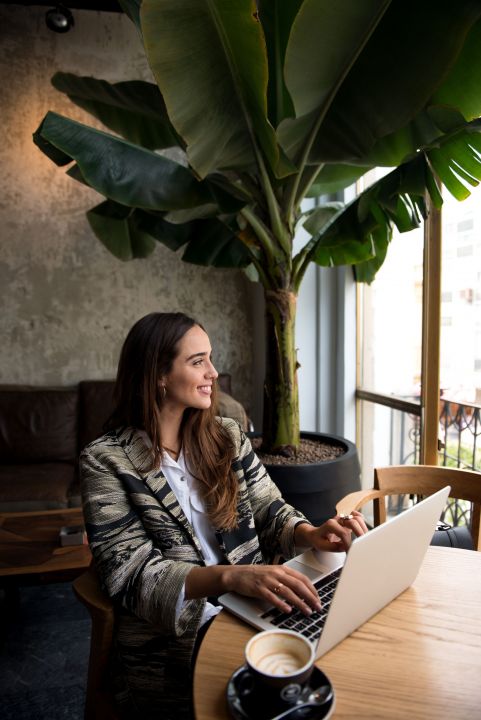Publication Design – ARTS 540
CG • Section 8WK • 11/08/2019 to 04/16/2020 • Modified 02/01/2024
Course Description
This course stresses individual direction and achievement in publication design. Students will research the vital role of visual communication and will examine the processes involved in creating and coordinating images and typography through both verbal and visual content across multiple and emerging media. Through readings, research, and assignments, students will explore the role of the designer in visual storytelling and will develop a body of work that attempts to influence and shape culture. May be taken twice.
For information regarding prerequisites for this course, please refer to the Academic Course Catalog.
Rationale
A designer is a visual communicator and should be able to craft any message into a piece that is both functional and beautiful, that engages an audience and elicits an intended response. Publication design takes skill, creativity and craft to accomplish well. The designer must beautifully and appropriately showcase many pages worth of content and craft layouts that engage the audience rather than overwhelm or alienate them. It is the designer’s job to lead the audience from front cover to back cover. Understanding and implementing grid structures, organizing content and creating visual hierarchy and systems, understanding the anatomy of a document and adding the functional parts, understanding the content and appropriately illustrating it, crafting a document to be cohesive throughout without monotony, and maintaining a brand throughout a large document or series of publications are complex tasks. Publication design is both conceptual and technical. Designers must have a thorough knowledge of the content, document, client and audience in order to create a successful publication.
Course Assignment
After reading the Course Syllabus and Student Expectations, the student will complete the related checklist found in Course Overview.
The student is required to create a discussion post in response to the provided prompt. Each post must be at least 300 words and demonstrate course-related knowledge. In addition to the original post, the student is required to comment on 2 other classmates’ discussion posts. Each comment must be at least 50 words and contain visual support where appropriate.
The student will conceptualize, write, design and illustrate a 32-page minimum publication of his/her own. Projects may include children’s books, graphic novels or comic books, annual reports and magazines. The goal is to create a publication that showcases mastery of layout, image creation, and concept. All content, both written and visual, should originate from the student.
Proposal
The student will write a comprehensive proposal that includes the publication’s concept, content overview, target audience, competitors and the media being used to tell the story. If the student is illustrating a children’s book, a story draft is due.
Research
The student will research his/her topic and genre and will generate a detailed mood board, content outline, story final (children’s book), and will submit project sketches.
Planning
The student will develop a storyboard or flat plan for his/her project that indicates the visual direction for each page. Children’s books will have character finals due as well.
Stages
The student will create the 32 pages of the book over the course of three Modules: Weeks. It is expected that each page be brought to a finished quality by the due date. In these Modules: Weeks it is appropriate to show layout, design, and illustration options.
Proof
The student will compile and submit the entire publication, including the cover, for a final review. Final imagery and content should be in place.
Final
The student will submit his/her final publication for grading. It is recommended that the student sends the publication to be printed professionally once the project is completed. Additionally, the student will submit a well-designed document that articulates his/her concept, design process, and what was learned through the completion of the project.


